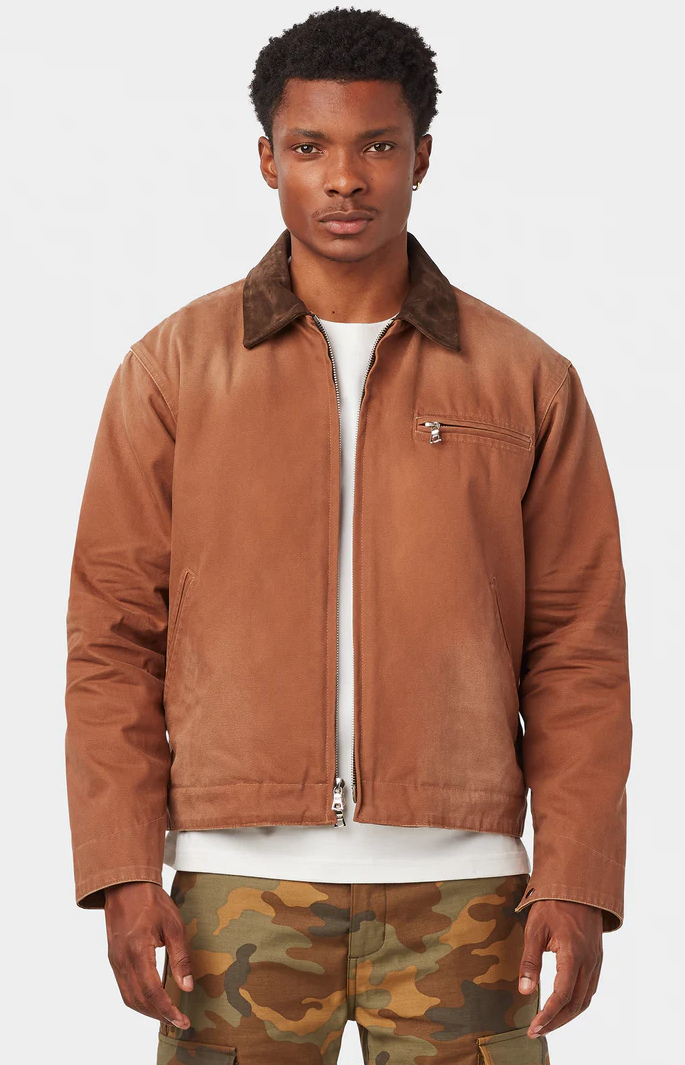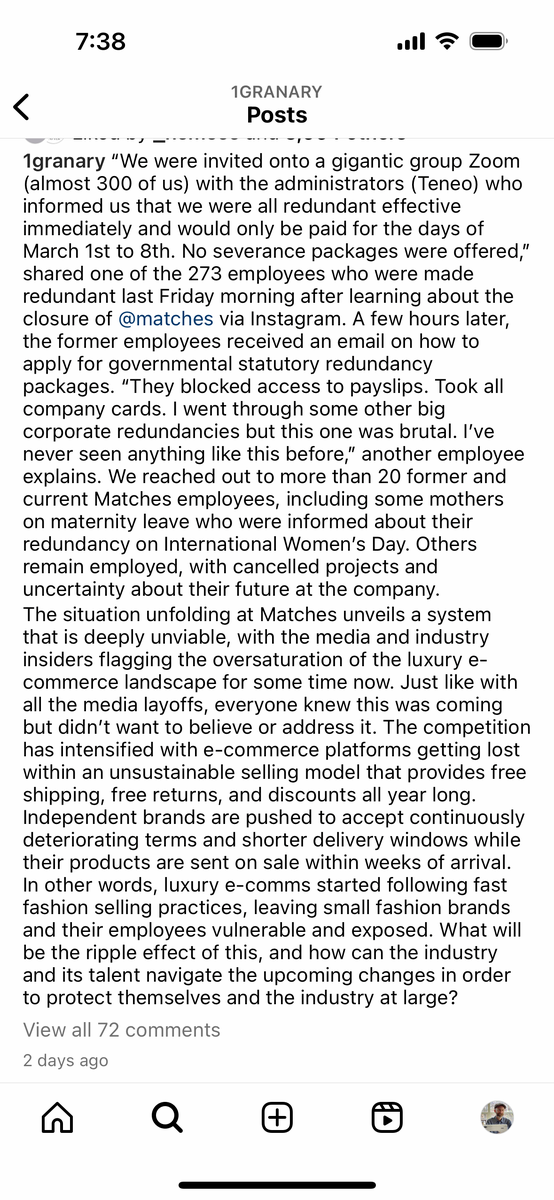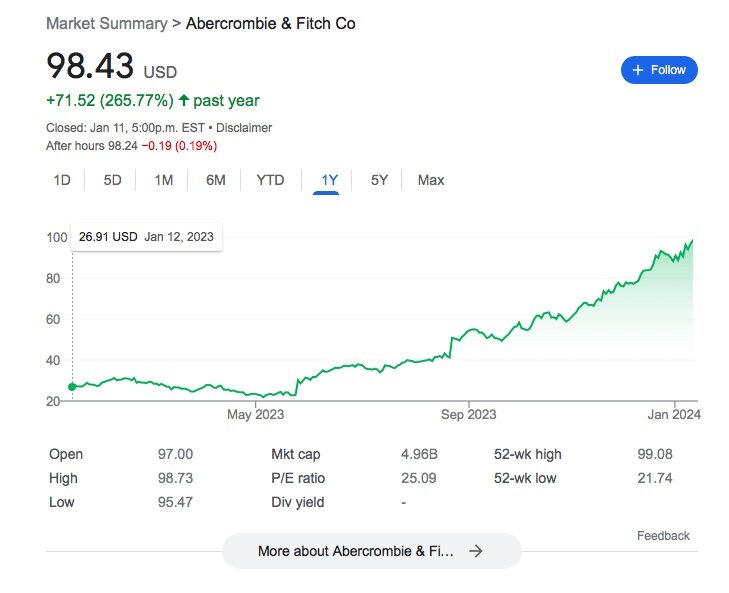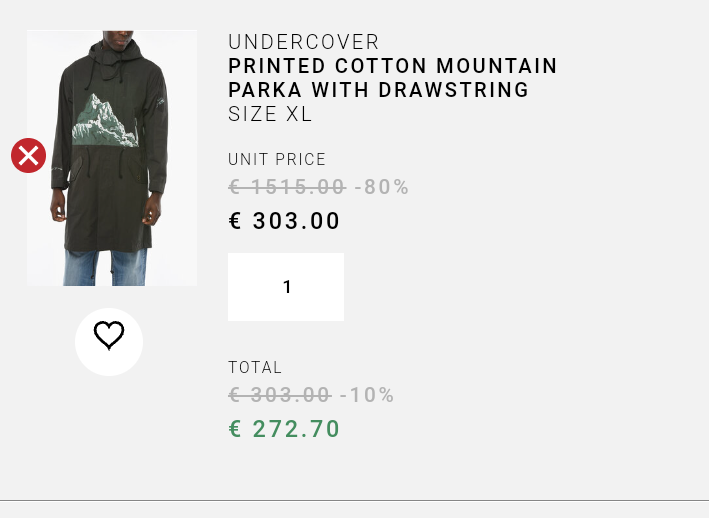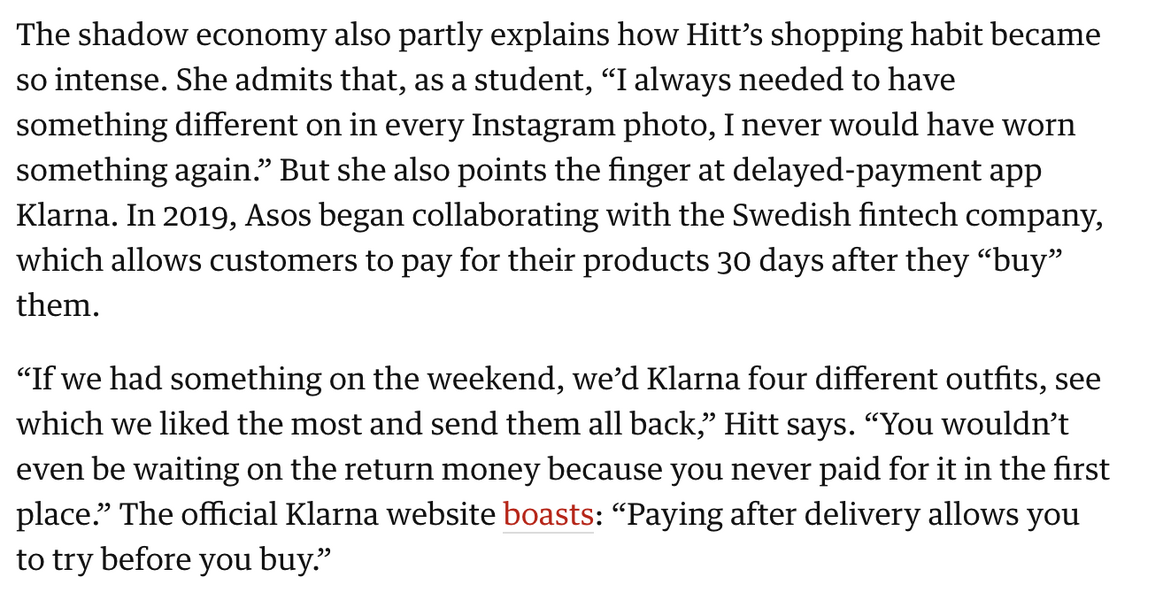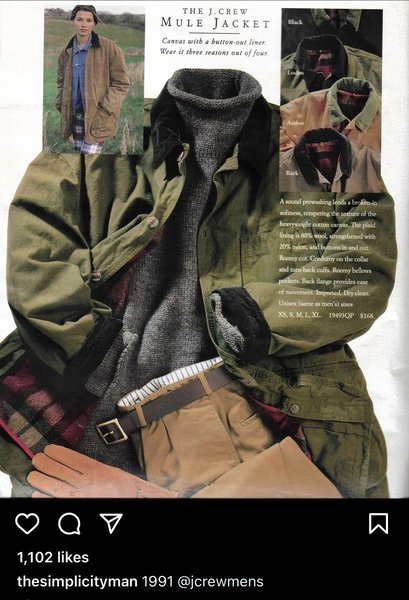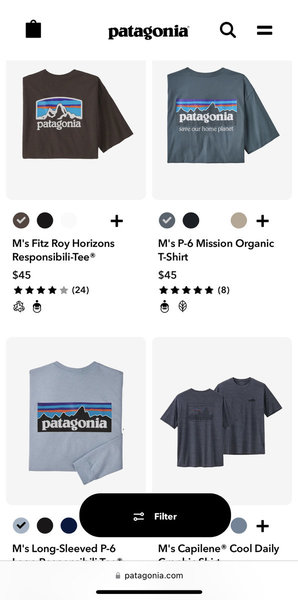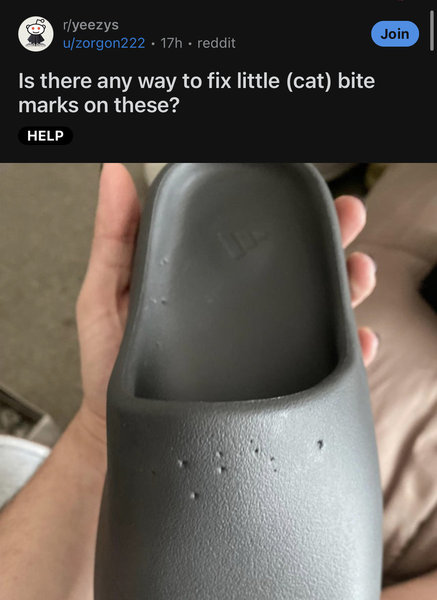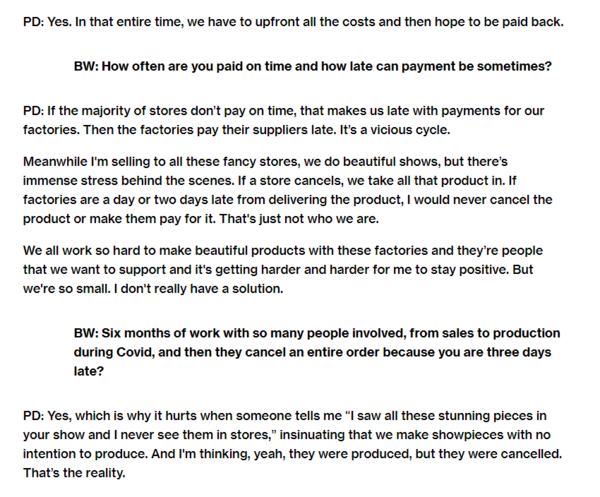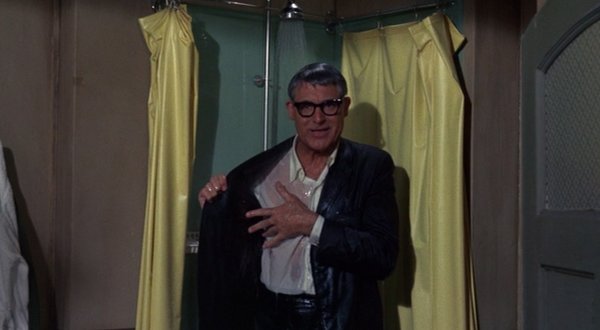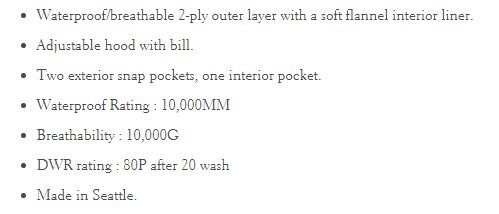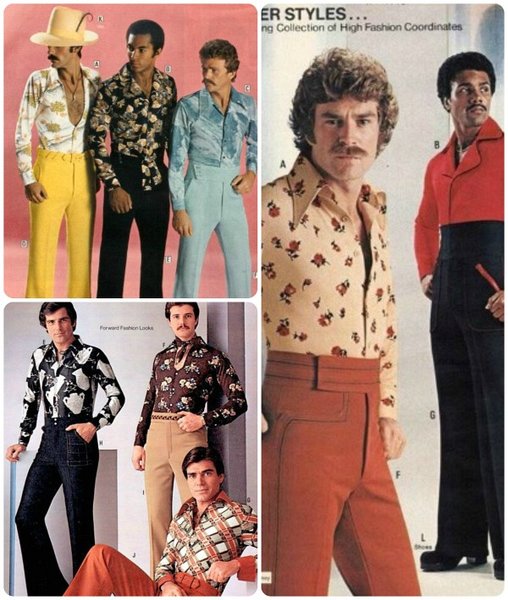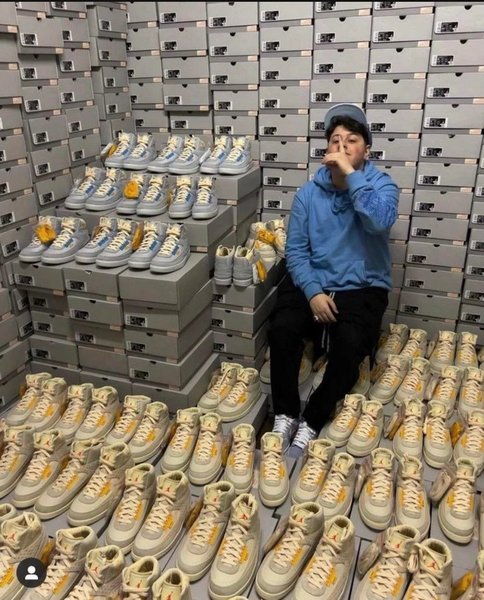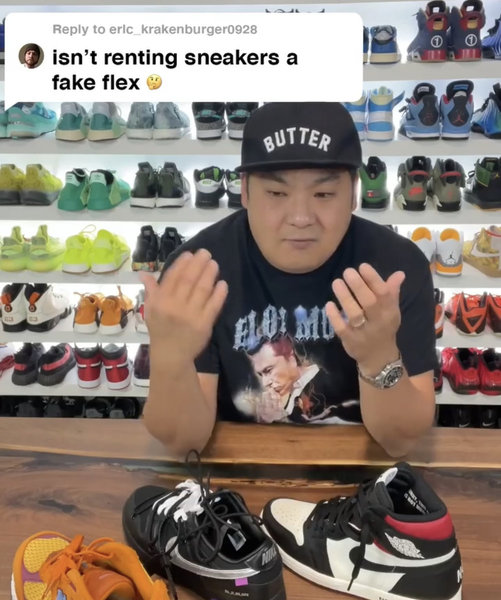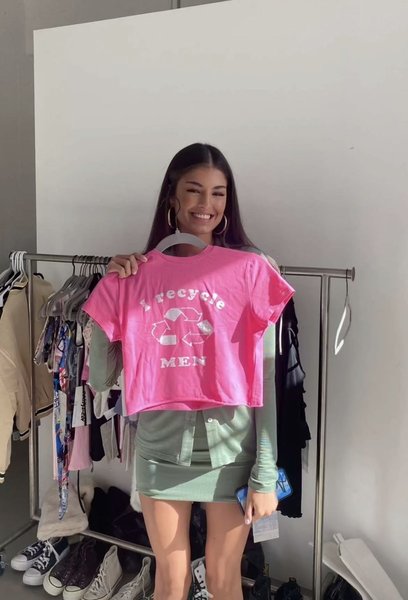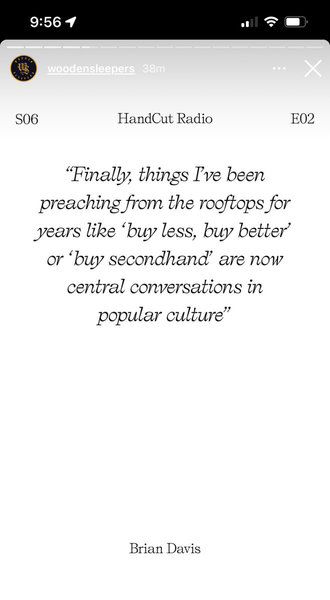JohnAAG
Distinguished Member
- Joined
- May 19, 2016
- Messages
- 2,521
- Reaction score
- 14,905
I think one of the biggest challenges facing retailers is the volume of options customers have now. What percentage of vendors in a particular sector would need to adopt charging for returns before customers accept it as standard practice? Especially after years of being conditioned to expect free returns?Curbing this trend of constantly increasing return rates, thoughtless purchases triggered by the idea that there is absolutely zero cost associated with them, is the only way we can have a viable online shopping economy that isn’t continually increasing waste.
Charging something, even nominal, for returns may be enough of a psychological trigger to get shoppers to be a little more thoughtful.
I can see it being accepted more quickly in the case of a speciality shop such as yours. There's simply a premium that needs to be paid to acquire the select products you offer (and I imagine your typical client is more aware/discerning than the average shopper and can better understand the trade off, notwithstanding that guy in Cali).
But I think the average customer's understanding of the personal dynamics of online shopping tends to be very one-sided. In their mind there's still important disadvantages to shopping online vs. B&M: they can't try things on before buying, they can't feel the fabrics or see the true color, they have to wait for the product (so no immediate gratification), there's the hassle of boxing up the stuff they don't like and going to a post office or UPS drop off to return it. Customers seldom weigh those issues against the disadvantages involved in going to a physical store (drive time and time in store, paying for gas and parking, etc.). In their mind free returns are an essential part of the transaction, the trade-off for the risk of sending a vendor their money and then waiting days before they can determine if they actually like a products or not.
Imagine if B&M stores told customers they had to buy a shirt, a pair of pants or shoes before they could try them on in the changing room? For many customers, stores are asking them to do exactly that when they charge for returns.
